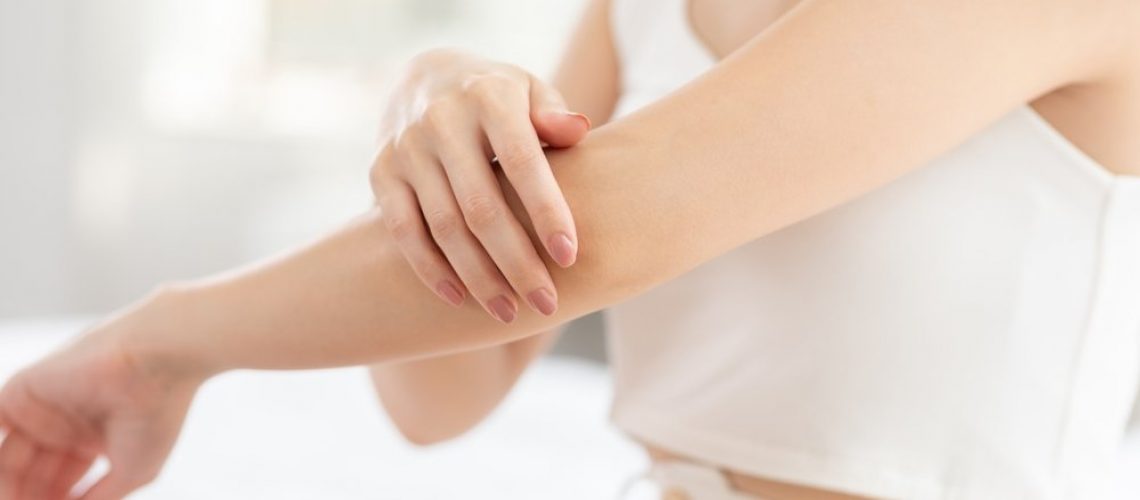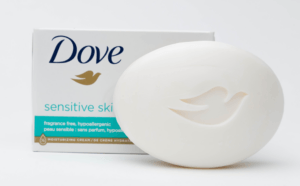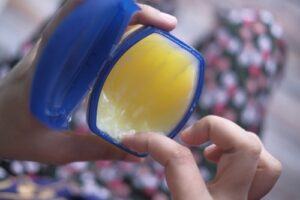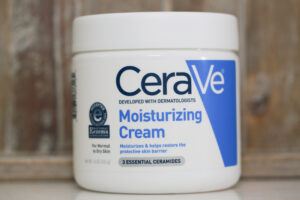Dry skin is a common skin condition that many people experience, especially during the colder months when the air is dry. It occurs when the skin loses its natural oils, making it feel tight, rough, and even itchy. While dry skin can be uncomfortable and unsightly, it’s usually not a serious health concern. In this blog, we’ll discuss the causes of dry skin and offer some tips on how to keep it moisturized and healthy.
Causes of Dry Skin: There can be various reasons behind dry skin, such as:
- Weather: Cold, dry weather can make your skin feel dry and tight.
- Hot Showers: Hot showers or baths can strip your skin of its natural oils, leading to dryness.
- Harsh Soaps: Using harsh soaps or detergents can cause dryness as they remove the natural oils from the skin.
- Age: Our skin tends to produce less oil as we age, leading to dryness.
- Medical Conditions: Medical conditions like eczema, psoriasis, and diabetes can also cause dry skin.
Tips for Healthy Skin:
Proper cleansing: Traditional soaps such as Ivory, Irish Spring, and Dial do a great job of cleansing your skin and removing dirt and oil, but they have an alkaline pH of approximately 8-9. This alkaline pH disrupts the skin barrier. This is because normal skin has an acidic pH of about 5.2. Therefore, it is preferable to use synthetic detergents with lower pH, such as Dove sensitive skin bar, CeraVe, and Cetaphil. These cleansers are much better at minimizing disruption to the skin barrier.
Moisturize: You might be surprised to learn that moisturizers do not add moisture to your skin. Rather, they simply act to prevent evaporation of water from your skin. The heavier the moisturizer, the better the job they do of blocking evaporation of water. Moisturizers are best applied immediately after a shower or bath to seal the moisture into the skin. This is the so-called “soak and seal” method, applying moisturizer within 3 minutes of bathing.
Moisturizers are composed of various amounts of water and oil, and they come in 3 forms: lotions, ointments, and creams.
Lotions are water-based, and they feel elegant on the skin, but they evaporate quickly and can be somewhat drying. Therefore, we recommend avoiding lotions.
Ointments are the most occlusive and effective at reducing evaporative water loss. Vaseline petroleum jelly prevents 99% of all trans epidermal water loss and is an excellent and inexpensive moisturizer. Similar agents to petrolatum include waxes, lanolin, vegetable oils, animal oils, dimethicone, and mineral oil. Examples of these include Aquaphor ointment and CeraVe ointment. The major disadvantage of ointments is that they feel sticky and can interfere with putting on clothing. However, those who do not mind the feeling should continue to use ointments.
Creams are somewhere in the middle with various amounts of oil and water emulsions. Creams are cosmetically elegant and do a good job of preventing evaporative water loss. Examples of creams include CeraVe cream, Cetaphil cream, Eucerin cream, and Aveeno cream. Oftentimes, humectants are added to creams to improve skin hydration. Humectants are agents that draw water from deeper layers of the skin. Examples of humectants include hyaluronic acid, urea, and glycerin. Lotions are almost always found in pumps, whereas creams are usually found in jars. Therefore, when purchasing a moisturizer, always choose a jar.
Avoid Hot Water: Avoid taking hot showers or baths as they can strip your skin of its natural oils.
Humidify: Use a humidifier to add moisture to the air in your home, especially during the colder months.
Stay Hydrated: Drink plenty of water to keep your skin hydrated from the inside out.
Conclusion: Dry skin can be frustrating, but it’s usually not serious. Following the tips mentioned above can help keep your skin moisturized and healthy. However, if you have severe dry skin or if your condition is not improving, it’s best to consult a dermatologist. They can help diagnose the underlying cause and recommend appropriate treatment.













